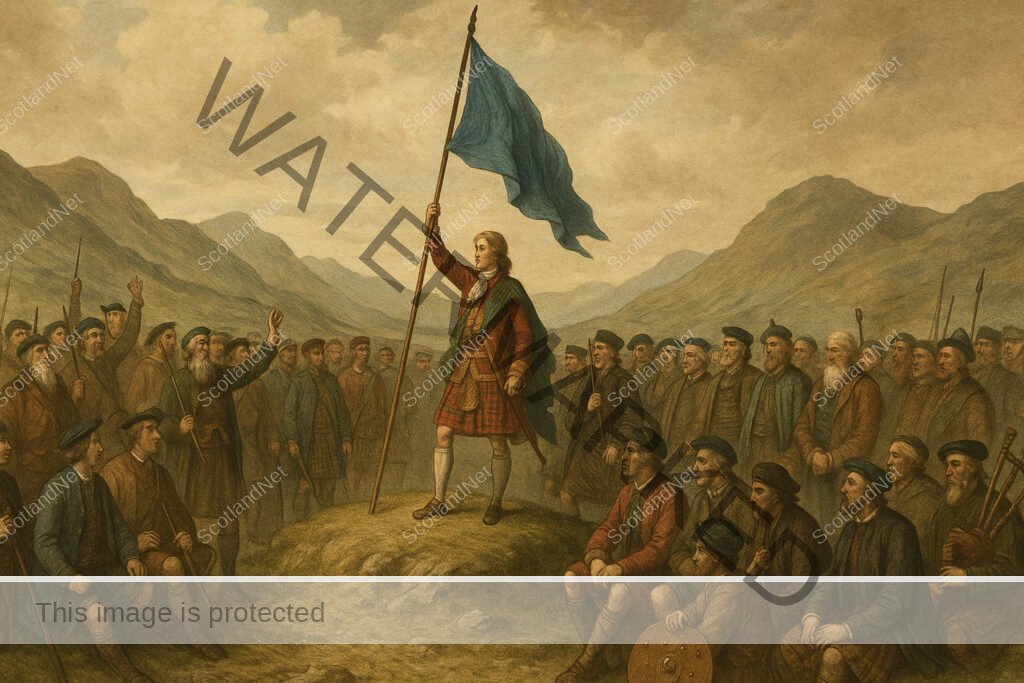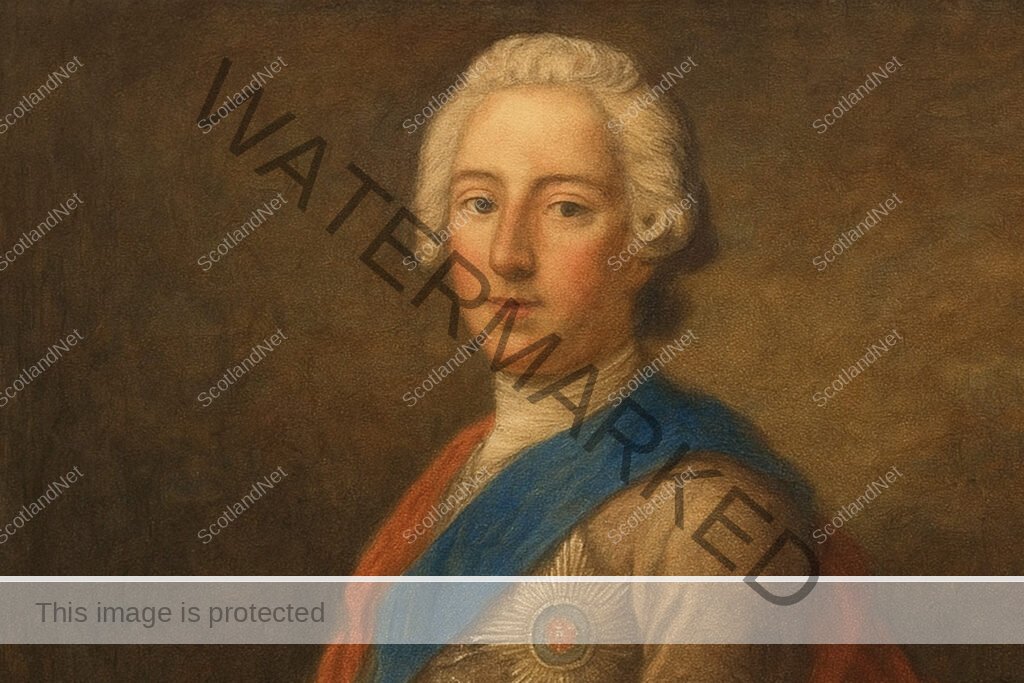23
The Jacobite Rebellion of 1745 wasn’t just a Highland affair—it was the final, dramatic attempt by the exiled House of Stuart to reclaim the British throne.
It all began when James VII of Scotland (also James II of England), Bonnie Prince Charlie’s grandfather, was ousted in 1688 during the Glorious Revolution. His Catholic faith didn’t sit well with Protestant England and Scotland, so Parliament invited William and Mary to rule instead. The Stuarts fled, and their supporters—the Jacobites—spent decades plotting a return.

By 1745, Charles Edward Stuart—Bonnie Prince Charlie—believed the time was ripe. With a nod of support from France, who saw the Jacobites as valuable allies against Britain, Charles landed in the Highlands and raised his father’s standard at Glenfinnan. Many Highland clans joined him, and his army swept south with astonishing speed, capturing Edinburgh and defeating government troops at Prestonpans.

But here’s the thing—Lowland Scotland had largely moved on. Many in the south, especially in cities like Glasgow and Edinburgh, had embraced the Union (1707), trade with England, and a new modernising outlook.
Charles expected a wave of support from Scots and English Jacobites, but it never came. Even the promised French reinforcements fizzled. When his army reached Derby—125 miles from London—his commanders urged retreat.
The rebellion ended in disaster at Culloden on 16 April 1746. The Jacobite forces were hungry, tired, and hopelessly outgunned. The slaughter lasted less than an hour. In the aftermath, the British government cracked down hard: The government suppressed Highland culture, disarmed the clans, and outlawed tartan.

Was it all a hopeless cause? Maybe.
For many Highlanders, the 1745 Jacobite rebellion represented far more than a simple quest to restore a Stuart king; it symbolised an intricate tapestry of loyalties, cultural heritage, and spirited defiance against the relentless tide of political upheaval.
The events of ‘The ’45‘ stand as a significant military campaign and an evocative chapter in Scotland’s history, continually sparking interest and discussion among historians and enthusiasts alike.